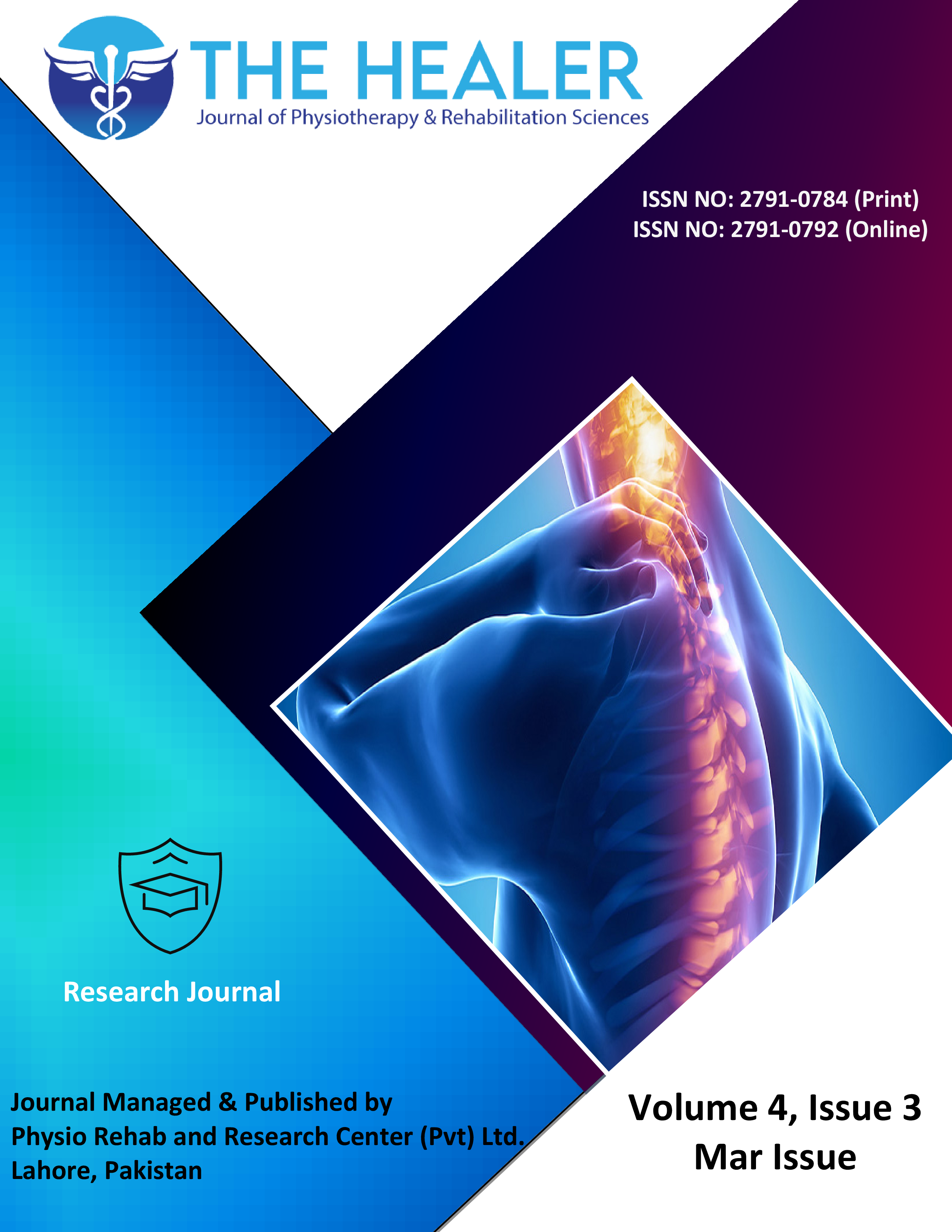Effects of Combined Training Protocol on Glucose Control and Blood Pressure Among Type II Diabetes Mellitus
Effects of Combined Training in Type II Diabetes Mellitus
DOI:
https://doi.org/10.55735/hjprs.v4i3.236Keywords:
aerobic exercise, biomarkers, diabetes, resistance exerciseAbstract
Background: Diabetes mellitus is a long-term metabolic condition marked by persistent hyperglycemia. It could be caused by a lack of insulin secretion, resistance to insulin's peripheral activities. Type II diabetes is thought to be caused by a combination of genetic and environmental factors. The likelihood of developing type II diabetes rises with age, obesity, and lack of physical activity. Objective: To determine the effects of aerobic, resistance and combined exercises in improving biomarkers (HbA1C, plasma glucose and lipid level) and blood pressure after 12 weeks of intervention. Methods: A randomised control trial study was conducted on a sample size of 60 patients visiting Baqai Hospital, Karachi. Patients were divided into three groups by using a randomised sampling technique via a lottery method. Patients in Group A were taken as the intervention group underwent aerobic exercise, In Group B as the Resistance group and in Group C as combined or mixed (aerobic and resistance training), Before starting intervention at baseline weight, body mass index, plasma glucose, systolic and diastolic blood pressure, HbA1C, high and low-density lipoproteins and triglycerides of all the participants were measured. After 12 weeks of intervention Readings were repeated. Data was collected by using Performa by the Principal investigator. Frequencies and percentages were calculated for the qualitative variables. Mean and standard deviations were calculated for the quantitative variables. Findings were then stratified and compared among the three groups. Paired t-test was used to see changes in variables post-intervention. A one-way ANOVA test was applied to see statistically significant differences among study groups, keeping p-value<0.05 as significant. Results: Reduction after 12 weeks of intervention was observed among study groups. Post-interventional weight, body mass index, blood plasma glucose, HbA1C, high and low-density lipoproteins and triglycerides varied significantly whereas no change was observed for Systolic and diastolic blood pressure. Conclusion: Our study results concluded that aerobic, resistance, and mixed exercise study participants have little to more favourable benefits regarding blood glucose, weight, body mass index, and lipid profile when compared to type II diabetic patients.

Downloads
Published
How to Cite
License
Copyright (c) 2024 The Healer Journal of Physiotherapy and Rehabilitation Sciences

This work is licensed under a Creative Commons Attribution 4.0 International License.
CC BY











